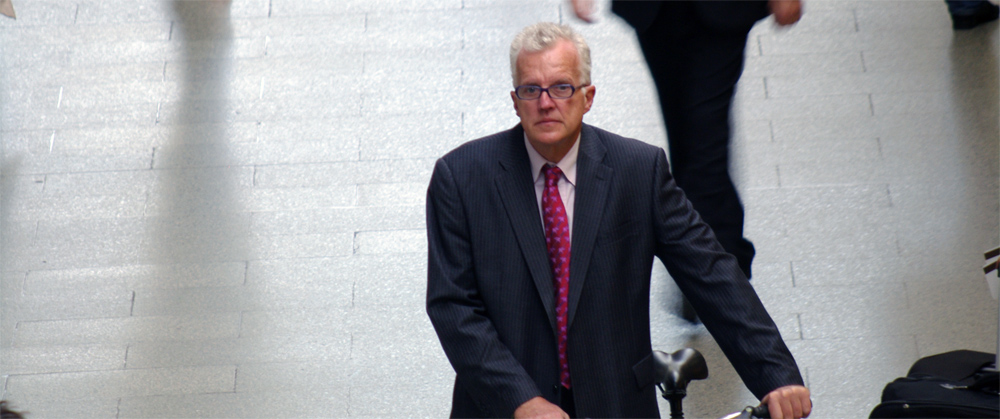At the root of the problem over Network Rail’s profligate tendencies, is the legacy of a rapid and radical privatisation that resulted in a structure which has still not settled down two decades later.
Two events in the aftermath of privatisation still colour the behaviour of today’s railway managers: the series of rail accidents, particulary the derailment of a train because of a broken rail at Hatfield in 2000 and the subsequent collapse of Railtrack the privatised infrastructure company and its replacement by Network Rail.
The railway suffered a ‘collective nervous breakdown’ in the words of the man who built the Channel Tunnel, the late Sir Alisair Morton, after Hatfield which resulted in a safety first method of working that has proved immensely costly. Everything piece of work was carried out to the highest standard, which meant branch lines ended up with the same type of kit as main lines used by 50 times more trains per day.
The collapse of Railtrack left the industry for a year in the hands of administrators who spent money as if there were an unlimited supply, a legacy that Network Rail has found hard to overcome in the decade since it took over.
Network Rail is a bureaucratic organisation that requires every project to go through the infamous and aptly name GRIP process that involves eight separate stages. People carrying out projects frequently relate that the managers commisioning the work are completely out of touch with the realities of working on site. Projects costs are inflated by an insanely complex compensation scheme which means that Network Rail is effectively penalised for improving the railwasy for the trian operators who run their trains on it. It is rather like charging the man fitting you with a new kitchen for the fact you cannot cook while the work is carrie out.
There are numerous such perverse incentives highlighted in the report by Sir Roy McNulty which tried to get to the bottom of why the railway cost more than its European counterparts. However, two years after the publication of the report, the Rail Delivery Group of senior rail managers charged with implementing improvements has little to show for its efforts.
There have been several reorganisations since Network Rail was created in 2002 but it is its very structure that is the problem. Network Rail is allocated money through a complex negotiation process involving government, the rest of the industry and the Office of Rail Regulation which is set out in a five year plan. This Soviet style arrangement has an inherent flaw. Just as with any organisation, it will try to ensure the money is spent by the end of the five year period to ensure that it can beg for more next time. And so on.
This is very different from the days of British Rail when the organisation was given a one year budget which could change raidcally from year to year. This, too, had inefficiencies built in since it was very difficult to accommodate such differences year to year, but it had the advantage of ensuring British Rail was run pretty cheaply.
There, are, though signs of progress, at least in Scotland. Last year, a £28m scheme to electrify 5 miles on the Paisley Canal Line was completed on time and at less than half the original cost estimate, thanks to a much more co-operative relationship between Network Rail and the contractors, and better use of technology. Indeed, the rail industry has been slow to adopt efficient technology, one of the reasons for its high cost base.
Moreover, beware of warnings that Britain’s railways are far more expensive than their foreign counterparts. Their systems, too, are riven with inefficiencies and poor working practices but their managements are cleverer at disguising them in the statistics which are often, in any case, lacking in detail making simple comparisions hard. Yes, our railways could be far more efficient if we had a simpler system, but we should take lessons from the past rather than Johnny Foreigner.
